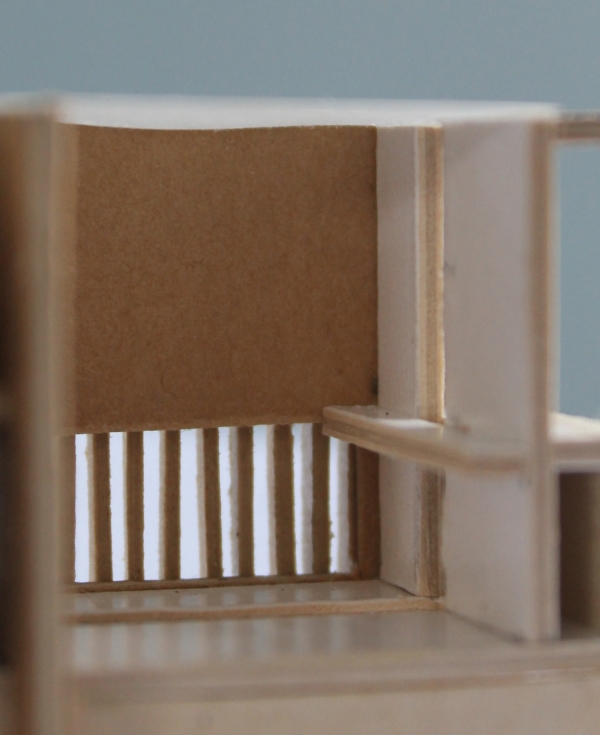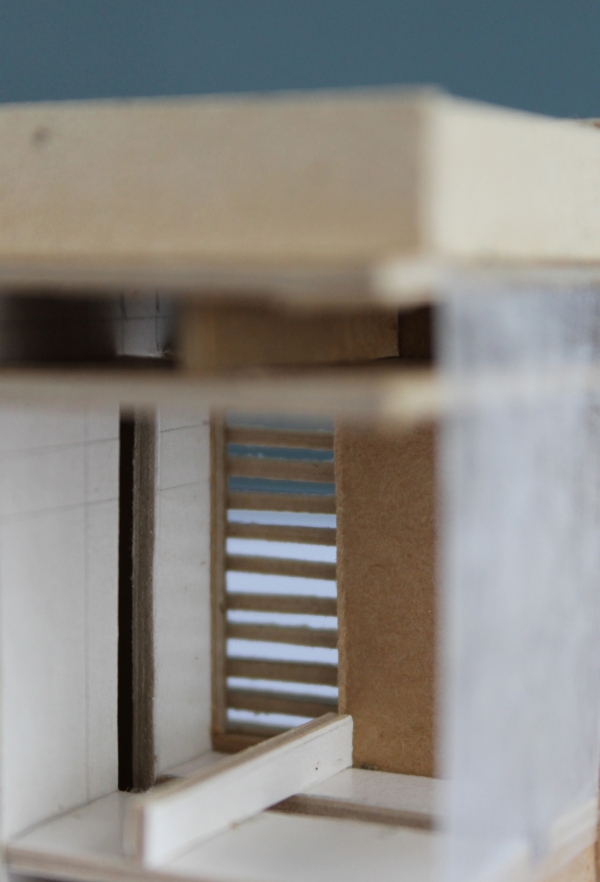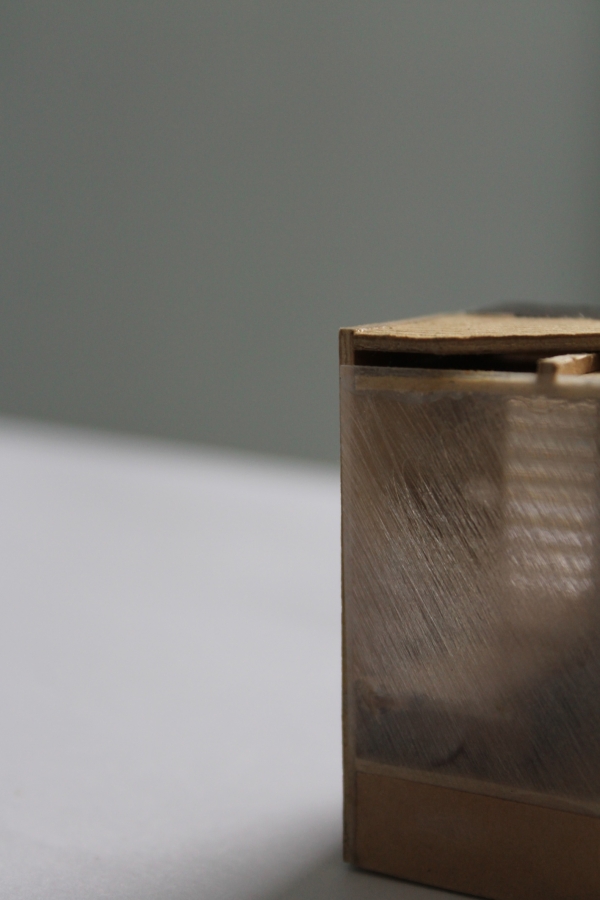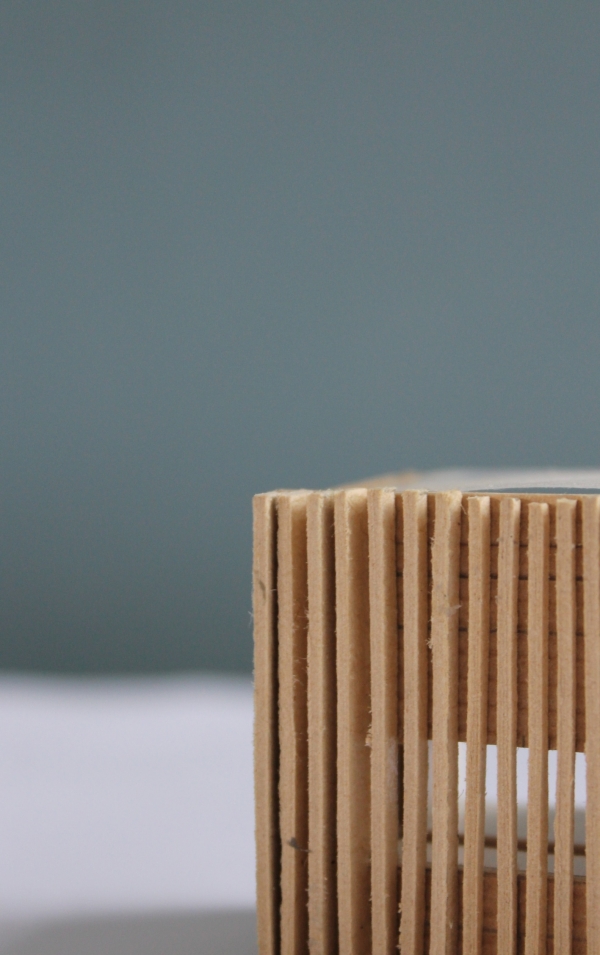Openness and enclosure
Understanding architecture design principles when you are setting out to build or renovate your own home helps transform an ordinary house into a great one. When you begin to see these qualities in various spaces, you can see how they impact on your everyday experiences.
Openness vs Enclosure.
Openness is the view, the light, the feeling of being in the open, on the edge, with arms out wide (and as I am a 'hand talker' by nature... insert expansive gestures here...). Glazing, light, smooth surfaces and height help create this feel of expansion. These are often public or shared spaces, full of energy and movement. Light can often be brought in from above or from the side, but you will generally have a feeling of outlook.
Enclosure describes security, warmth, shelter and retreat, protection and privacy. These spaces will feel 'solid' but they are often punctuated by light shafts and selective use of windows, even diffuse illumination. Its a place you curl up with a good book in the evenings by the fire - there is a stillness and a quietness. Often you may find lowered ceiling heights and greater use of mass and (sometimes) rougher textures.
They contrast with each other, they can be at different corners of the same space or they could be separated by a transition corridor. There is a dialogue between our bodies and architecture. Architects delight in finding many ways evoking the different feelings that spaces communicate to our senses and linking them to the intended function of that space.
Transition spaces can be walkways, corridors, stairs, even an entire room that bridge the distinct change between 'openness' and 'enclosure'. The effect of the different senses (sight, touch, sound, kinetic movement, even smell) effects how we move through these different spaces. Light texture through screens and filters are often used effectively in these rooms to emphasise rhythm and movement.
A building is not only experienced by the objective dimensions on a floor plan, but by its volume and quality of space. Even if you have to build a compact house due to budget or site constraints, you can achieve a richness of experience and enable it to feel far bigger by the way that you construct the sequence of spaces and materials. When renovating or building it is an opportunity to consider your rooms carefully and think about how you want those spaces to not only function, but also feel. You will find the instinctive reaction of most people walking through a crafted home that considers these senses will be one of delight.



